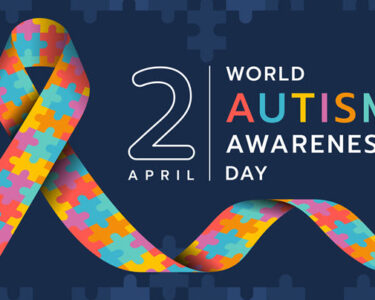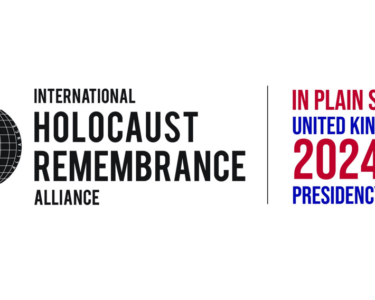Monday, 27th January is Holocaust Memorial Day and schools across the country will be marking the day in some way.
The national focus of #HMD2020 is ‘Stand Together’– a theme which has great educational, civic and creative scope for students, staff and governors alike – and so, as we approach this important milestone the Centre has identified three case studies from our materials to help teachers and schools mark the day. Our aim is that these personal stories and communal cases support teachers by providing a stimulus for tutor time discussions with KS3-KS5 students or be used in assemblies by members of the school SLTs.
- Le Chambon-sur-Lignon can be used to explore the ‘Stand Together’ theme from a communal perspective. From the end of 1940, shortly after the Nazis invaded France, until their village was liberated by the Allies in September 1944, the people of Le Chambon and its neighbouring villages hid up to 3,500 Jewish people and perhaps 1,500 others who were on the run from the Nazis and their French collaborators. This could be explored in tutor time discussions, used in a school or classroom display, or mentioned in an assembly.
- The case of Irene Sendler, who stood together with members of Zegota, to resist and rescue. She successfully arranged to smuggle Jewish people out of the ghetto, particularly children. After the war it was revealed she had helped to save some 2,500 Jewish children.
- A case that might challenge students to consider ‘the rescue stories we choose to remember’, that of Sir Nicholas Winton. It can raises important and interesting questions with young people about what drove him to ‘Stand Together’ when others didn’t, and could be linked to examined alongside questions of the Kindertransport, and to what extent Britain stood together. This could also contrast with contemporary events, and Lord Dubs (one of the 669 children rescued by Winton) urging a British response to unaccompanied child refugees.
- Download the HMD2020 Stand Together Case Studies presentation
We hope these three cases, based upon our materials ‘Being Human?’ and ‘British Responses to the Holocaust’ , can inform, engage and inspire young people in schools across the country, and empower teachers to find out more by signing up to one of our FREE, research-informed CPD courses.
We know that schools will #StandTogether this #HMD2020 in many ways, whether by special assemblies, holding an event, welcoming a survivor, creating a display, tutor time projects, discussions or activities, or within regular curriculum lessons or visits to local or international museums or sites. Often schools generate their own creative, civic and enrichment projects at this time of year and engage with their local communities or network and partner schools, but our case studies may be able to help you and are designed to be flexibly used.
So if you do use one or more of the case studies in your teaching or #HMD2020 plans, then do let us know as we would love to hear about it, your events, student responses to the stories and theme. It would be great to feature some of work produced by students in response to the case studies, see photos or to hear about how you shared these stories at your events and feature them on our website and social media. So, please contact us via @UCL_Holocaust (and include the #HMD2020 hashtag) or n.wetherall@ucl.ac.uk and let us know how these cases support your practice.



